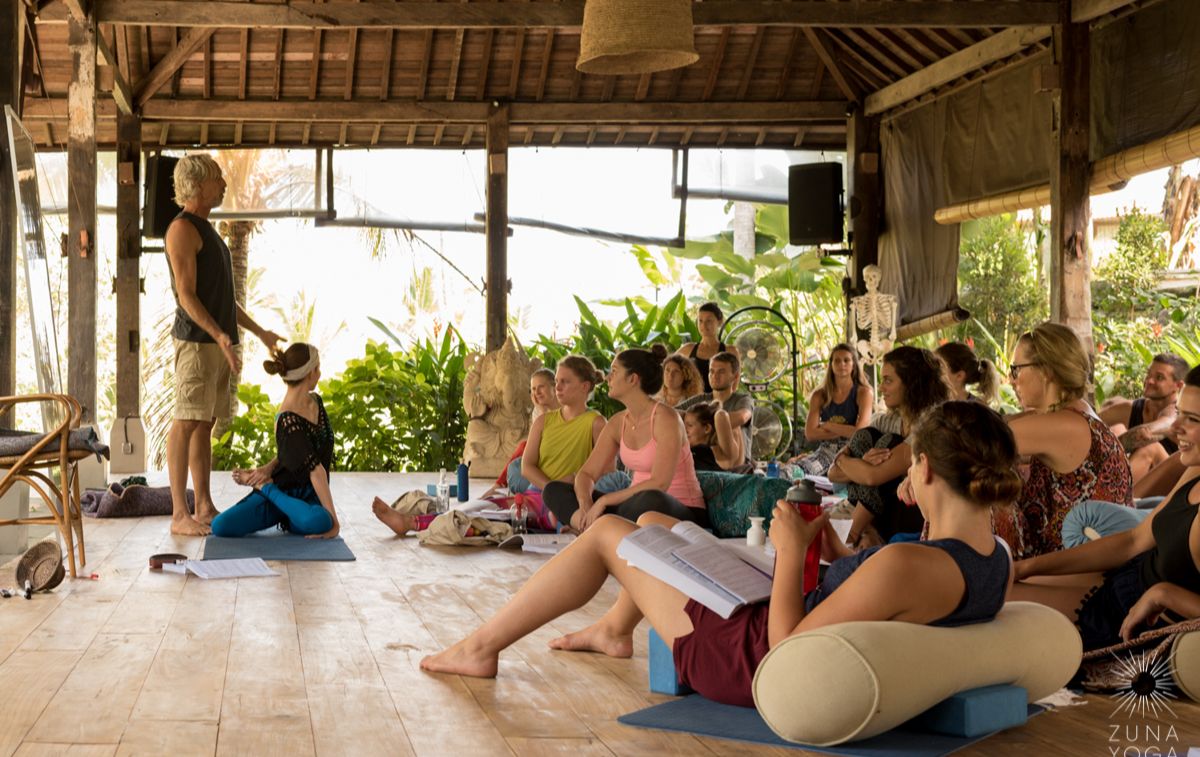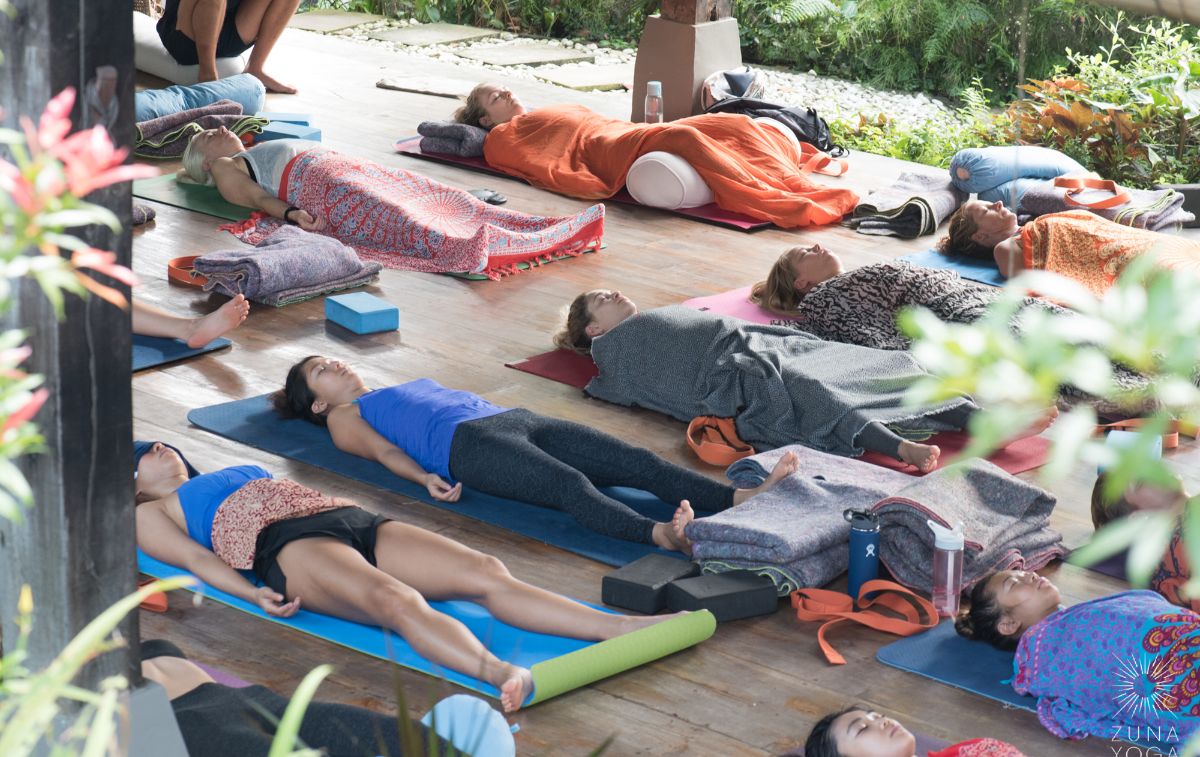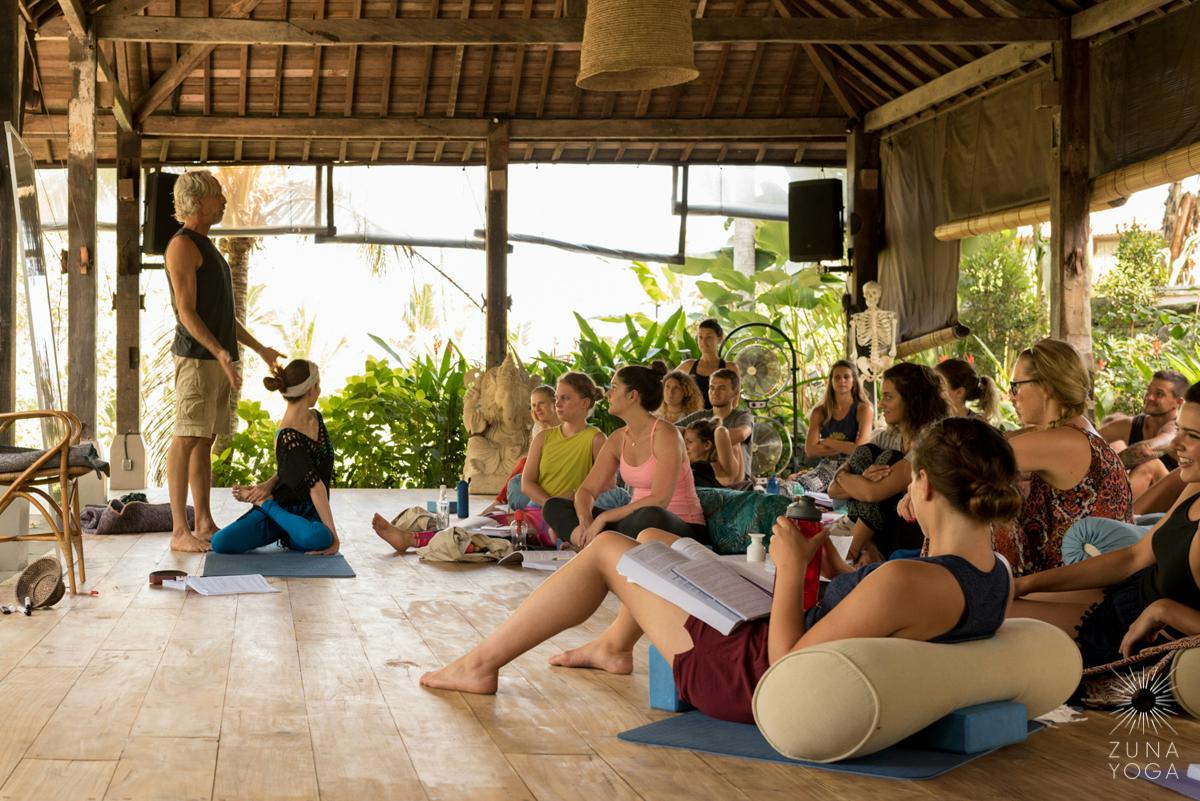By Katherine Girling, 500 ERYT
Transformation of Yoga: Ancient Teachings and Practices
We were visiting Washington, DC with the primary goal of taking in 'Yoga: The Art of Transformation’ at the Sackler Gallery. The exhibition features over 130 objects of yogic art from 25 museums and private collections in the U.S, Europe and India. Since it’s the largest exhibition on this theme ever presented, anywhere, we felt it was our scholarly duty to pay our respects.
The curators set out to explore yoga - its practice and history - through its visual culture. With rich displays of sculptures, paintings, manuscripts, photographs and videos, yoga’s meaning and transformation over time are examined.
Highlights include three gigantic stone yogini goddesses from a tenth-century temple; excerpts from the first illustrated compilation of asanas, created for a Mughal emperor in 1602; and Thomas Edison's Hindoo Fakir (1906), the first movie ever produced about India, starring a magical rope-climbing Swami. The role of yogis and yoginis in society is also investigated, as practitioners were regarded with varying degrees of suspicion, fascination and admiration throughout history.

It’s no coincidence that the Western world has largely embraced yoga as a form of exercise. This is the type of yoga that Krichnamacharya brought to the USA through his disciples. It was an athletic style of practice, firmly grounded in the physical, with a smattering of philosophy and a promise of better living. It was scrubbed clean of mysticism, and cleverly repositioned in a secular context: medicine, physical fitness, and self-help.
We all know that yoga has evolved into a global wellness phenomenon, practiced by millions of people all over the world. Most modern practitioners simply seek to improve health and fitness, blithely unaware of the discipline’s deeply spiritual roots and transformational goals. It was encouraging, therefore, to see so many people of all ages crowding into the gallery to learn about the historical and philosophical context of yoga. Clearly there’s an interest in delving deeper into this rich tradition, beyond hip openers and arm balances.
Transformation of Yoga: A Spiritual Discipline
Traditionally, yoga was a spiritual discipline that directly and boldly addressed life’s biggest challenge: the persistence of suffering.
It defined revolutionary steps to eradicate this suffering. Many traditional texts of yoga: the Hatha Yoga Pradipika, the Yoga Sutras, and the Gheranda Samhita, to name a few, are all practical how-to guides for better living. The artwork collated at the Sackler is infused with powerful spirituality. Images of enlightened, powerful, godlike beings abound. Comparing these meaningful roots with the yoga imagery of today can be disconcerting. Just do a #yoga search on Instagram: on the first page, at least half of the pictures are of women in bikinis doing poses and several images are close ups of just a woman’s thong-clad ass. We have strayed from yoga’s origins to the point of pornographic satire.
The aptly named “Yoga: The Art of Transformation” hints at not just at how yoga transforms us, but at how we have transformed yoga. Zuna Yoga students learn that yoga as it is often taught today in the Western world caters to our egos, not our higher selves. Yoga’s primary purpose is to connect to the inner self, to the source, to a true sense of authenticity. It’s about being the most powerful, beautiful person we can be. It’s about reducing suffering and living a life of fulfillment.
The Body as A Vessel
Yes, we need to be in our bodies. The physical body is an important tool for deeper energetic work. The transformation of yoga begins with the body. It is where the journey to the self begins. Our bodies are the vehicles that carry us through what is hopefully a long and colorful life. As we continue to study and practice, we can respect and embrace the physical without overemphasizing or objectifying it. The body is a tool, and a bridge to greater experiences that lie beyond it.
A highly recommended exhibition, and a must-see for casual and serious students of yoga alike who are curious to uncovering the transformation of yoga.
“Yoga: The Art of Transformation” runs through Jan. 26 at the Arthur M. Sackler Gallery, Smithsonian Institution, 1050 Independence Avenue SW, Washington; www.asia.si.edu. It travels to the Asian Art Museum of San Francisco, February 21 to May 25, and the Cleveland Museum of Art, June 22 to September 7 2014. https://asia.si.edu/exhibition/yoga-the-art-of-transformation/






